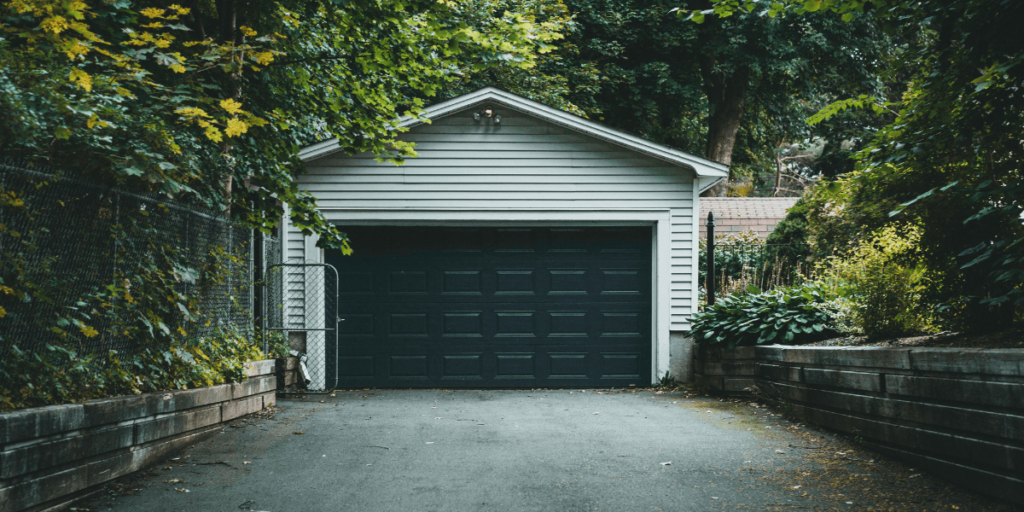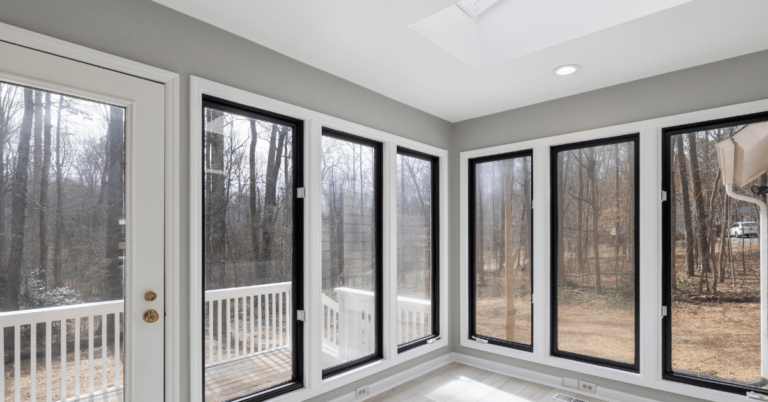Garage doors play a crucial role in the overall functionality and aesthetics of your home. They not only protect your vehicle and other belongings but also contribute significantly to your home’s curb appeal. With various types of garage doors available in the market, choosing the right one can be a daunting task. This guide will walk you through the six most common types of garage doors, discussing their features, advantages, and disadvantages to help you make an informed decision.
Table of Contents
- Introduction to Garage Doors
- 1. Sectional Garage Door
- 2. Tilt-Up Garage Door (Canopy Style)
- 3. Roll-Up Garage Door
- 4. Side-Hinged Garage Door
- 5. Retractable Tilt-Up Garage Door
- 6. Side-Sliding Garage Door
- Choosing the Right Garage Door
- Conclusion
Introduction to Garage Doors
When it comes to home improvement, garage doors often go unnoticed. However, they are essential for providing security, functionality, and aesthetic value to your home. Understanding the different types of garage doors is crucial in selecting the best option that suits your lifestyle, budget, and design preferences.

1. Sectional Garage Door
Overview:
Sectional garage doors are the most popular choice for residential properties in the USA. These doors consist of several horizontal panels connected by hinges, allowing them to slide upward and fit into the ceiling space when opened. They are typically operated with an electric garage door opener and are supported by torsion springs for smooth functionality.
Pros:
- Affordable and Widely Available: Sectional doors come in various materials and designs, making them easily accessible for homeowners on different budgets.
- Secure: The tightly fitted panels are difficult to break into, providing excellent security.
Cons:
- Regular Maintenance Required: With many moving parts, sectional doors need regular checks to ensure proper functioning.
- Heavy: These doors can be heavy, making them challenging to open manually in emergencies.
Related Article – How to Fit a Door in a Door Frame: A Comprehensive Step-by-Step Guide
2. Tilt-Up Garage Door (Canopy Style)
Overview:
The tilt-up canopy garage door features a single solid panel that tilts upward when opened. This design provides a vintage aesthetic, making it a great option for homeowners seeking a more traditional look.
Pros:
- Simple Design: With fewer moving parts than sectional doors, tilt-up doors are generally easier to maintain and repair.
- Aesthetic Appeal: The classic design adds character to your home.
Cons:
- Driveway Clearance Required: When tilting open, these doors require sufficient space in front of the garage.
- Less Secure: Compared to other options, tilt-up doors may not offer the same level of security.
3. Roll-Up Garage Door
Overview:
Commonly found in commercial settings, roll-up garage doors
consist of steel panels that coil around a barrel located at the top of the door frame when opened. Their durable construction makes them ideal for harsh environments.
Pros:
- Space-Saving Design: Roll-up doors do not require overhead clearance, making them perfect for garages with limited space.
- Durability and Security: These doors are made from sturdy materials, offering a high level of security.
Cons:
- Limited Customization: Roll-up doors often come in standard sizes and designs, limiting personalization options.
- Professional Installation Required: Due to their complexity, these doors typically need to be installed by a professional.
4. Side-Hinged Garage Door
Overview:
Also known as swing-out or carriage-style doors, side-hinged garage doors open outward, much like traditional barn doors. This type of door does not require an opener, providing more interior space within the garage.
Pros:
- Maximized Interior Space: Since they open outward, they do not take up ceiling space, allowing for more storage options.
- Customizable Design: These doors can be designed to match various architectural styles.
Cons:
- Driveway Clearance Needs: Side-hinged doors require ample driveway space to open fully.
- Higher Installation Costs: Installing automatic openers for these doors can be costly.
5. Retractable Tilt-Up Garage Door
Overview:
Similar to the canopy style, the retractable tilt-up garage door slides back into the garage on parallel tracks, allowing it to sit flush with the ceiling when open. This design offers a modern touch to traditional garage door styles.
Pros:
- Space-Saving: The flush design maximizes vertical space in the garage.
- Smooth Operation: These doors typically operate quietly and smoothly.
Cons:
- High Ceiling Requirement: The design requires a higher ceiling for proper installation.
- Costly Installation: Retractable doors can be more expensive and complex to install.
6. Side-Sliding Garage Door
Overview:
Side-sliding garage doors operate on tracks, allowing them to slide horizontally along the garage wall. This option is excellent for maximizing overhead storage space or for those who want a unique design.
Pros:
- Optimal Ceiling Storage Space: These doors do not interfere with ceiling space, making them perfect for storage.
- Simple Mechanism: Without the use of torsion springs, side-sliding doors have a straightforward operation.
Cons:
- Wall Space Requirement: These doors require valuable wall space for installation.
- Specialized Installation Needed: Proper installation may require a professional due to the unique mechanism.
Choosing the Right Garage Door
When selecting a garage door, consider the following factors:
- Security: For safety-conscious homeowners, sectional and roll-up doors provide the best protection against intruders.
- Space Availability: Consider the design of your driveway and garage. Side-hinged and side-sliding doors save ceiling space but need ample driveway or wall space.
- Aesthetic Appeal: Choose a style that complements your home’s architectural design. Carriage-style doors suit traditional homes, while sleek sectional or roll-up designs fit modern aesthetics.
- Budget Considerations: Sectional and tilt-up doors are generally more affordable options, while custom installations like retractable or side-sliding doors may require a larger investment.
Conclusion
Choosing the right garage door involves understanding the different types available and how they fit your lifestyle and home design. By considering factors such as security, space, style, and budget, you can find a garage door that enhances your home’s exterior while providing the functionality you need.
Whether you opt for the classic charm of a side-hinged door or the modern convenience of a sectional door, investing in the right garage door is a valuable home improvement that can significantly enhance your home’s curb appeal and overall value. Take the time to explore your options and consult with professionals to ensure you make the best choice for your home.
More article for Home Design
Interior Design Styles
- 3 Common Renovation Mistakes Designers Really Hate (and How to Avoid Them)
- 5 Tips for Renovating Your Home While Preserving Its Character
- 5 Essential Original Home Details Designers Recommend Preserving
Flooring & Ceilings
- How to Choose the Best Underlayment for Laminate Flooring
- 8 Most Durable Flooring Options for Heavy Foot Traffic
- A Comprehensive Guide to Choosing the Perfect Flooring for Your Home
Lighting
- The Ultimate Guide to Basement Lighting: Illuminate Your Space Effectively
- Warm Lighting Basics: Transform Your Home with Comfort and Ambiance
- 5 Essential Tips for Better Home Office Lighting
Countertops
- White Quartz Countertops: What You Need to Know Before You Buy
- Best Countertops for Kitchens and Bathrooms: A Comprehensive Guide
- Matte Countertops vs. Glossy Countertops: The Ultimate Comparison Guide for Your Kitchen
Doors & Windows
How to Fit a Door in a Door Frame: A Comprehensive Step-by-Step Guide
10 Essential Dos and Don’ts for Choosing the Perfect Front Door Color
6 Types of Garage Doors: What to Know and How to Choose the Right One

